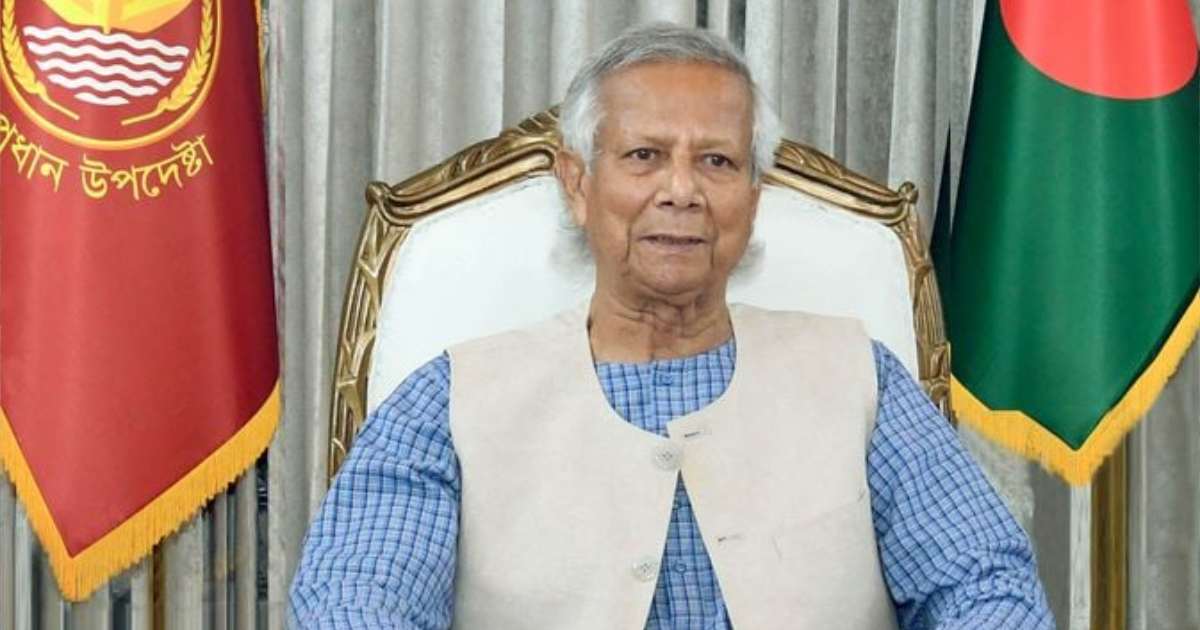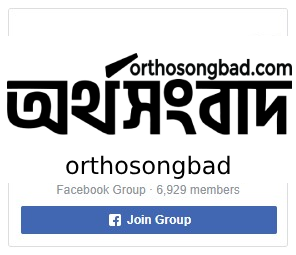Economy
President of S. Korea Announces record $19 bn plan to boost chip industry

South Korean President Yoon Suk Yeol on Thursday announced a record $19-billion-dollar support plan for the country’s crucial semiconductor industry.
South Korea is home to the world’s top memory chipmakers Samsung Electronics and SK hynix and last year pledged to build the world’s largest chip centre using $456 billion of private investment as it seeks an edge in the global industry.
“We have created a comprehensive support programme for the semiconductor industry worth 26 trillion Korean won, which encompasses financial, infrastructure, research and development, as well as support for small and medium-sized companies,” he said, according to a statement from his office.
The package includes a $7 billion investment announced earlier this month.
Yoon also said Seoul would extend tax benefits for chip investments, in hopes of boosting employment and attracting more talent to the industry.
The country is also building a “mega chip cluster” just outside Seoul, which the government claims will be the world’s largest semiconductor-making complex and create millions of jobs.
“As you all know, semiconductors are a field of national all-out war,” Yoon said.
“Winning or losing depends on who makes the state-of-the-art semiconductors with high information processing capabilities first. The state must provide support for semiconductors so that they do not lag behind competitors,” he added.
With the new package, Yoon said there would be a “new semiconductor financial support programme worth 17 trillion won” run through the Korea Development Bank, to allow companies to make crucial new investments.
“As companies invest enormous amounts of money in facilities such as new factories and line expansions, liquidity problems arise,” he said.
“I believe that these difficulties will be largely resolved through the Korea Development Bank’s support programme,” he added.
– Key sector –
The plan will also create a “semiconductor ecosystem fund” worth a trillion won, which will support fabless companies and small and medium enterprises linked to the industry.
“Our fabless market share is still in the one percent range, and foundry, which manufactures system semiconductors, is unable to close the gap with leading companies such as TSMC,” Yoon said.
Earlier this month, Seoul said it would set up an aid package worth more than $7 billion to support its chip industry, as part of its drive to boost the semiconductor sector, which is critical to Asia’s fourth-largest economy.
The moves come as the government looks to invest heavily in six key technologies including chips, displays and batteries, all areas where the country’s tech giants are well-established already.
Semiconductors are South Korea’s leading export and hit $11.7 billion in March, their highest level in almost two years, accounting for a fifth of South Korea’s total exports, according to trade ministry figures.
Samsung in May 2022 unveiled a massive 450 trillion won five-year investment blueprint aimed at making the country a frontrunner in key sectors from semiconductors to biologics.
Securing supplies of advanced chips has become a crucial issue internationally, with the United States and China locked in a fierce battle for control of the market.
“South Korea is supplying 80 percent of the world’s memory semiconductors, and has said it is investing 300 trillion won in the Yongin cluster, but there has been a water supply issue with it,” Kim Dae-jong, a professor of business administration at Sejong University in Seoul, told AFP.
“On top of tackling such issues, today’s announcement seems to be an effort to support innovative small and medium-sized enterprises to further strengthen their competitiveness against (rivals) like Taiwan.”

Economy
Remittances Top $2bn in First 28 Days of September

Expatriate Bangladeshis sent approximately US$ 2.11 billion in remittances during the first 28 days of September in the fiscal year 2024-25, according to data released by Bangladesh Bank on 29 September.
Of this total, state-owned and specialised banks handled $679.10 million, while private banks received $1.43 billion in remittances.
Economy
Yunus Pledges Swift Reforms and Election in Bangladesh’s Interim Govt

Chief Adviser to Bangladesh’s interim government, Professor Muhammad Yunus, has vowed to expedite reforms and hold elections swiftly. Yunus, who recently assumed the role after the collapse of Prime Minister Sheikh Hasina’s 15-year administration, expressed his commitment during an interview with Tokyo-based news outlet NHK WORLD in New York on Sunday. He was attending the United Nations General Assembly at the time.
Following mass student-led protests that ended Hasina’s long-standing rule in August, Yunus stepped in as the leader of the caretaker government. Known for founding Grameen Bank, an institution providing microloans to the underprivileged, Yunus, along with the bank, earned the Nobel Peace Prize in 2006 for his efforts in poverty alleviation.
During the interview, Yunus emphasized that the interim government’s primary mission is to implement reforms promptly and ensure elections are held as soon as the groundwork is complete. He underscored the importance of success, stating, “Failure is not something that we can accept.”
Addressing the pivotal role of students in the ousting of the Hasina administration, Yunus acknowledged the sacrifices made by young people, referring to their involvement as part of a “revolution.” He highlighted his intention to engage the younger generation in shaping policy.
Furthermore, Yunus called for continued support from Japan, Bangladesh’s largest donor, during this crucial transition period. He stressed that Japan’s assistance is vital to stabilizing Bangladesh’s economy and fostering a democratic foundation in the nation.
Economy
Polythene Bags to Be Phased Out, Says Environment Adviser Rizwana Hasan

Syeda Rizwana Hasan, the Adviser for Environment, Forests, and Climate Change, announced today that steps will be taken to restrict the use of polythene shopping bags to safeguard future generations.
Starting from October 1, polythene bags will be banned in shopping malls, followed by a ban in kitchen markets from November 1.
“Everyone must take responsibility and stop using polythene voluntarily. Action against polythene producers will begin from November 1,” Rizwana Hasan stated during a seminar.
The Department of Environment (DoE) organized the seminar to raise public awareness about alternatives to banned polythene bags.
Rizwana Hasan highlighted that the restriction on polythene will be executed in phases according to legal provisions, and discussions with shopping centers and store owners are ongoing to ensure a smooth transition.
She also announced plans to make the government secretariat a plastic-free zone by December.
Other speakers at the seminar included Environment Secretary Dr. Farhina Ahmed, DoE Director General Dr. Abdul Hamid, Director Rajinara Begum, President of the Shop Owners Association Muhammad Helal Uddin, and Md. Arifur Rahman Bhuiyan, Assistant Professor of Environmental Science at BUP. They discussed the harmful effects of polythene and the need for alternative products.
Earlier, Rizwana Hasan inaugurated a fair showcasing eco-friendly alternatives to polythene bags and visited 24 stalls. The fair featured products from government and private entrepreneurs, including reusable bags, jute bags, paper bags, and items made from bamboo and cane.

